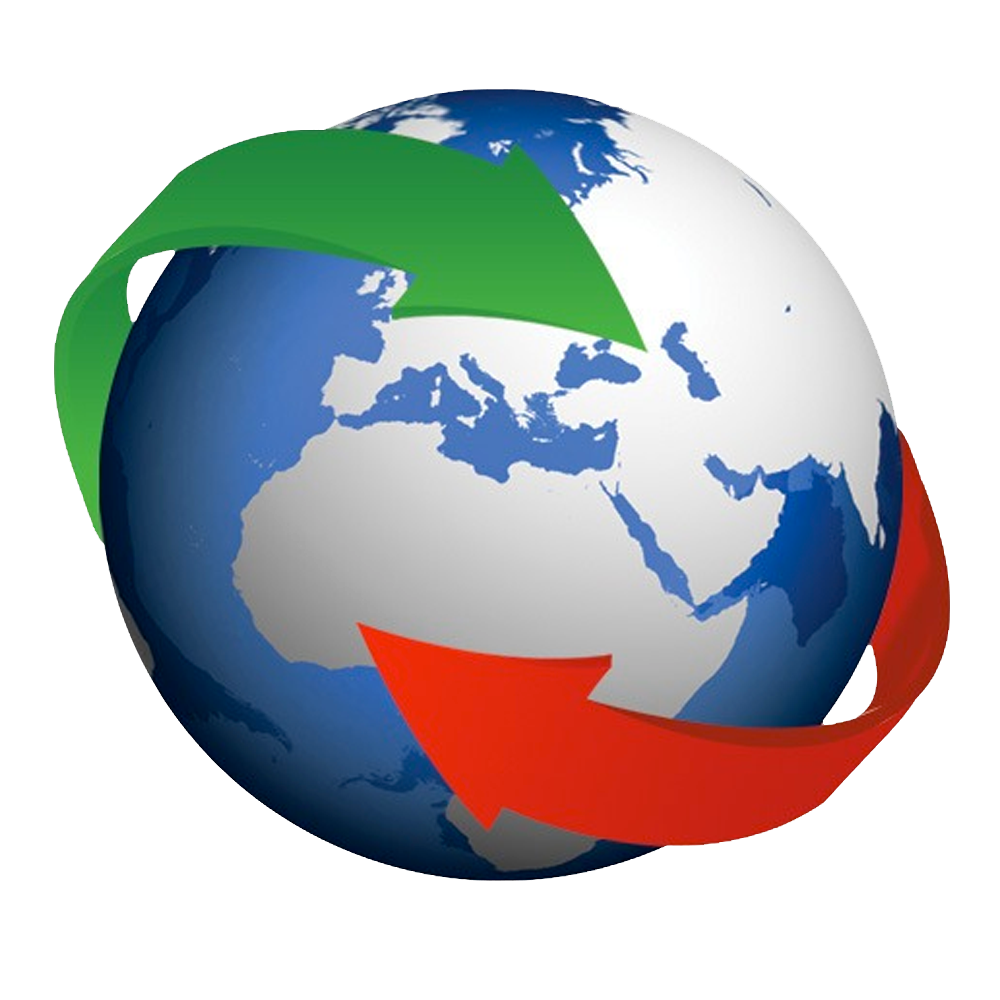Durante l’incontro è stata presentata la ricerca realizzata per il Comitato Leonardo da KPMG Advisory in collaborazione con l’Ufficio Pianificazione Strategica, Studi e Rete Estera dell’Agenzia ICE, dedicata al tema “Grande distribuzione ed e-commerce in Francia, Germania, UK e Spagna”.
Lo studio, analizzando i quattro mercati europei in cui i settori della Gdo e dell’e-commerce sono intensamente sviluppati, offre spunti di riflessione per gli imprenditori italiani interessati a diversificare le vendite. Ma quali sono quindi le opportunità per il Made in Italy nel nuovo contesto concorrenziale?
Occorre fare una distinzione tra il comparto “non food” e quello del “food”, per i quali vi sono canali ed interlocutori quasi sempre diversi. Per il primo, soprattutto per quanto riguarda i prodotti di fascia medio-alta, il canale preferenziale si conferma quello della GDO,
Più complessa appare invece la strada dell’e-commerce, con i prodotti italiani che spesso si trovano in forte debito di competitività.
Per quanto riguarda il comparto “food”, le grandi catene di supermercati appaiono il veicolo distributivo migliore anche se una delle principali criticità è rappresentata dalle abitudini dei singoli paesi: in Spagna ed in Francia, ad esempio, la domanda di prodotti alimentari e vini italiani è modesta, rispetto alle dimensioni dei mercati, mentre negli altri paesi viene spesso privilegiato l’uso delle “private label”, con una forte perdita dell’identità di brand. Rimangono comunque interessanti le nicchie di mercato sensibili alla qualità del cibo e all’appeal del Made in Italy, con ottime prospettive per gli esportatori di “specialità”. Nell’e-commerce le possibilità rimangono buone soprattutto per i prodotti brandizzati e di consolidata notorietà internazionale, mentre risultano penalizzati i prodotti freschi. Dallo studio presentato emerge infine che per i produttori italiani (operanti sia nel comparto “food” che “non food”) pronti ad affacciarsi in questi paesi è importante investire sia sul servizio del prodotto che sul marketing, con campagne di comunicazione, fiere ed eventi in loco. Appare inoltre opportuno intervenire sul posizionamento del brand, evidenziando fattori di distinzione e differenziazione dei prodotti, basati su qualità, capacità di innovazione e design.
E’ altresì evidente come, in un quadro in cui la Gdo diventa preponderante e il canale e-commerce si sviluppa sempre più, i produttori di fascia intermedia soffrono la mancanza di player italiani della grande distribuzione e dell’e-commerce attivi in continuità anche all’estero.
Large Scale Distribution and e-commerce in France, Germany, the UK and Spain
During the meeting, research carried out for the Leonardo Committee by KPMG Advisory was presented, in collaboration with the ICE Agency’s Office of Strategic Planning, Studies and Foreign Networks, dedicated to the theme of ‘Large scale distribution and e-commerce in France, Germany, the UK and Spain’.
The study, analysing the four European markets where large-scale organised distribution and e-commerce are very highly developed, presents points for further reflection for Italian entrepreneurs who are interested in diversifying sales. Nevertheless, what then are the opportunities for Made in Italy in the new globalised competitive environment?
A distinction should be made between the ‘non-food’ and ‘food’ sectors, for which the channels and counterparties are almost always different. In the first instance, especially regarding mid- to top-of-the-range products, the preferred channel is confirmed as large-scale organised distribution.
On the other hand, the e-commerce route seems to be more complex, with Italian products which are often greatly lacking in competitiveness.
As regards the ‘food’ sector, the large supermarket chains appear to be the best vehicle of distribution, even if one of the main critical elements comprises the inhabitants of individual countries: in France and Spain, for example, the demand for Italian food and wine products is modest, compared to the size of the markets, while in other countries, the use of ‘private labels’ is often favoured, with a major loss of brand identity. Still profitable, however, are niches in the market where food quality and the appeal of Made in Italy have an influence; with excellent prospects for exporters of ‘specialities’. In e-commerce, the possibilities remain good, especially for goods which are branded and have a well-established international reputation, while fresh produce is penalised. From the present study, it ultimately emerges that for Italian producers (operators in both the ‘food’ and ‘non-food’ sectors) ready to emerge in these countries, it is important to invest both in product services and marketing, with communication campaigns, trade fairs and events in situ. Moreover, it would seem appropriate to participate in brand positioning, highlighting distinguishing and differentiating between products on the basis of quality and the capacity for innovation and design. It is also apparent how, in a context where large-scale organised distribution is starting to predominate and the e-commerce channel goes on developing, mid-range producers suffer from a lack of Italian players in active large-scale distribution and e-commerce, both in continuity and abroad.

